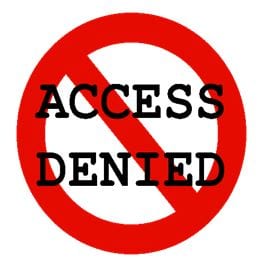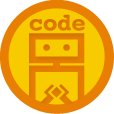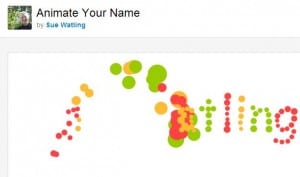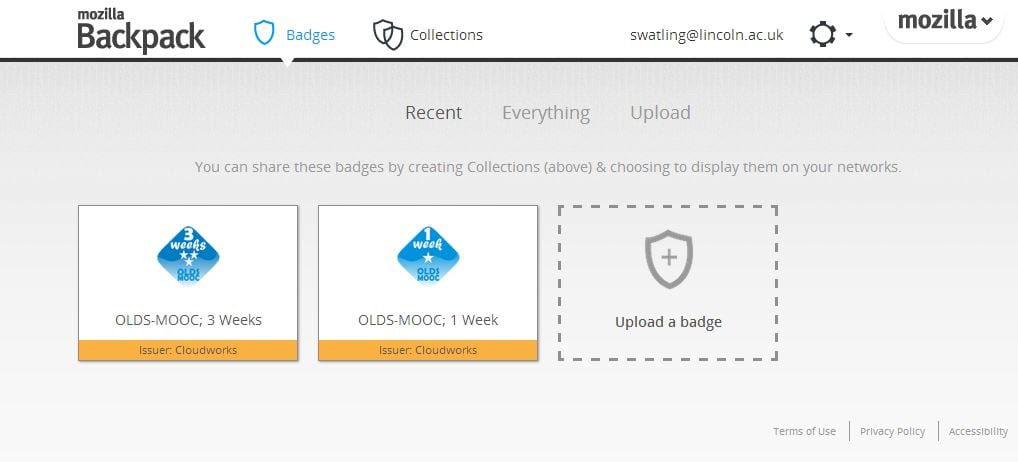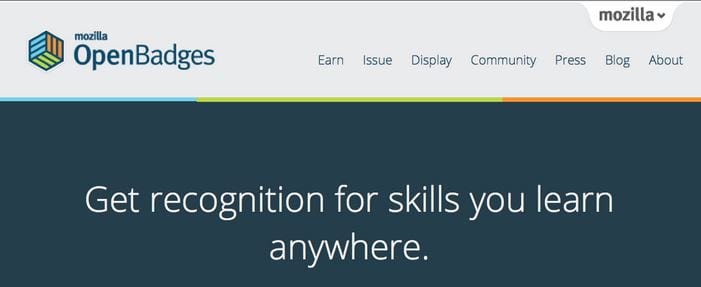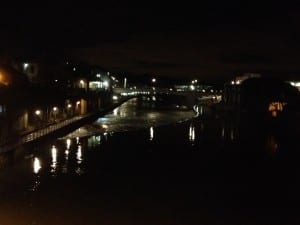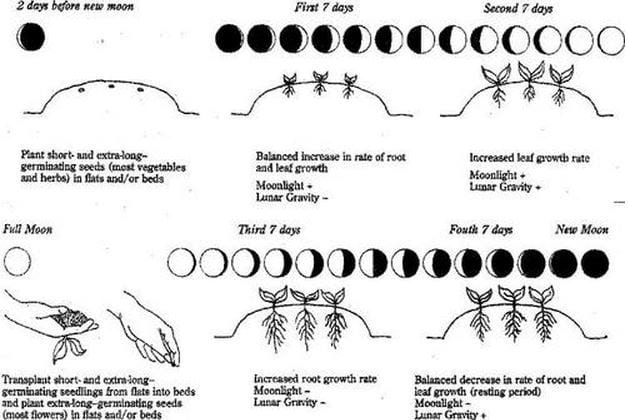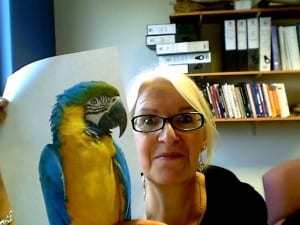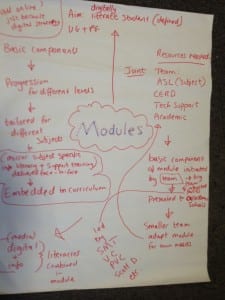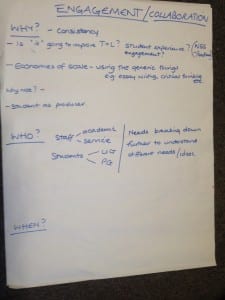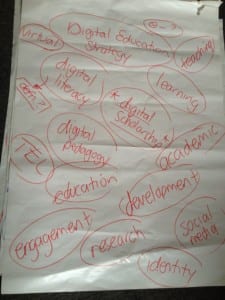

I’m MOOCin again. In danger of becoming a MOOCie Groupie. Possibly risking a reputation for being a starter not a finisher. MOOCs encourage a dip dip out way of working. It’s all part of the vagueness of the virtual where you’re known only through your choice of gravatar or what google discloses. Plus the vagaries of digital text which can so easily be misconstrued or misconstructed.
The experience of designing and delivering the course Teaching and Learning in a Digital Age (TELEDA) is as much a learning experience for me as I hope it is for colleagues. I feel we’re all in this together. We are a Community of Inquiry into virtual learning; one with no boundaries. The learning about learning online just goes on and on and on……MOOCing is an important part of this discovery process. In an environment where there’s no-one-size-fits-all model of how to ‘do’ the digital – be it literacies, scholarship or pedagogy – we need all the practice we can get. The First Steps into Learning and Teaching MOOC with Oxford Brookes is a valuable opportunity to mix virtually with others journeying across unfamiliar digital landscapes. Online teachers need to be students. Without this experience it’s impossible to understand the complexities of digital education.
There are four ‘online teachers’ on First Steps into Learning and Teaching. The language of virtual learning intrigues me. Lecturers on campus become tutors, moderators, facilitators, teachers – but rarely lecturers. Does this represent a demotion of status and if so, could it partially contribute to resistance to digital education? Or is it the beginning of a new category of educator, one where boundaries between the learn-ed and the learn-er are blurred. Like TELEDA, are we all in this together?
I wonder how much the identity of a lecturer is tied to their face-to-face performance in front of students? the personality or to use the word in its ancient sense – the glamour? Online we’re all invisible. Communication becomes a challenge. Not everyone is comfortable with creating video or eloquent with a communicative style of text which engages all and offends none.
I inducted but missed the start of Week 1 on First Steps into Learning and Teaching. Today I’ve looked at the contributions to the discussion forum and felt overwhelmed by the amount not to mention the quality which draws me in and makes me want to read everyone and comment. In the meantime the Outlook bell continues to ping new mail and I’m feeling guilty about everything I haven’t done. As is the nature of all things digital my workload is largely invisible – measured only by my Sent folder. I don’t even know how much of my online endeavour has been received or if it’s made any difference. In this is – I think – another barrier to shifting practice from stage to screen. It’s the silence. The unknown. The dependence on a digital response to take the place of a smile or eye contact or just a few words like I understand, that’s great, thanks, see you all next week.


